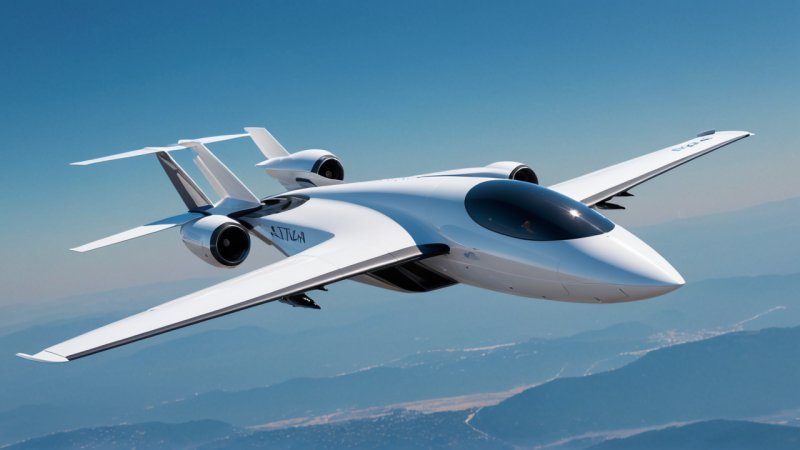Introduction
As the world moves towards more sustainable modes of transportation, electric aircraft are emerging as a promising solution to reduce carbon emissions in aviation. Engineering advancements are playing a crucial role in this transformation, paving the way for innovative designs, efficient power systems, and enhanced safety features. In this article, we will explore the top seven engineering innovations that are significantly contributing to the development of electric aircraft.
1. Battery Technology Improvements
Advancements in battery technology are at the forefront of electric aircraft development. Modern lithium-ion batteries are becoming lighter, more efficient, and capable of holding more energy. Research into solid-state batteries promises even greater energy densities, which could dramatically increase the range and payload capacity of electric aircraft.
2. Electric Propulsion Systems
The shift from conventional engines to electric propulsion systems is a game changer. These systems not only reduce fuel consumption but also minimize noise pollution, making air travel more environmentally friendly. Engineers are designing innovative electric motors that are lighter and more powerful, enhancing overall aircraft performance.
3. Advanced Aerodynamics
Engineering teams are utilizing advanced aerodynamic designs to improve the efficiency of electric aircraft. By optimizing wing shapes and reducing drag, engineers can enhance flight performance and extend the range of electric aircraft. Computational fluid dynamics (CFD) simulations are playing a vital role in this optimization process.
4. Lightweight Materials
The use of lightweight materials such as carbon fiber composites is crucial in electric aircraft design. These materials not only reduce the overall weight of the aircraft but also improve fuel efficiency and performance. Engineers are continuously exploring new materials that offer strength without adding unnecessary weight.
5. Energy Management Systems
Energy management systems are essential for optimizing the performance of electric aircraft. These systems monitor and control the energy consumption of various components, ensuring that the aircraft operates efficiently. Engineers are developing sophisticated algorithms to enhance energy distribution and storage, maximizing the aircraft's range and effectiveness.
6. Regenerative Braking Systems
Incorporating regenerative braking systems into electric aircraft can significantly enhance their efficiency. These systems capture energy typically lost during braking and convert it back into usable power. This innovation not only extends the range of electric aircraft but also reduces wear on traditional braking systems.
7. Autonomous Flight Technologies
The integration of autonomous flight technologies is revolutionizing the aviation industry. Engineers are developing sophisticated software and hardware systems that can manage flight operations, navigation, and safety protocols. This innovation not only improves safety but also allows for more efficient flight paths and reduced pilot workload.
Conclusion
The development of electric aircraft is a multi-faceted challenge that requires a blend of innovative engineering solutions. From advanced battery technology to autonomous flight systems, these key innovations are paving the way for a more sustainable future in aviation. As these technologies continue to evolve, we can expect electric aircraft to become a common sight in our skies, contributing to a cleaner and greener planet.






